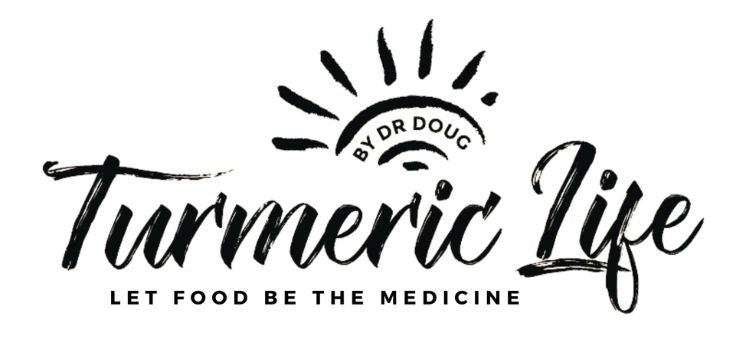DR DOUG ENGLISH'S YEAST SPRAY RECIPE
Skin infections can happen in all animals – often it’s a yeast infection caused by the invasion of the bug Dermatophilus congolensis which is ubiquitous (found everywhere) to moist environments and holds both fungal and bacteria properties.
In sheep its known as lumpy wool, on horses its called Greasy Heel/Mud Fever (when it affects the hooves) or rain scald (when it affects other parts of the body), and it can also affect the skin of cattle, humans and dogs. Skin problems in dogs are often seen around the paws and stomach region.
I see animals with mixed yeast/bacterial/fungal infections every day in the tropical city of Cairns Queensland and you can refer to the end of the article for more details on what causes it. Thankfully, I have worked out a very effective Treatment Strategy and use it successfully on probably 10 to 15 animal cases every week.
I suggest following the list below if you are faced with this type of skin infection:
1. Check Diet
Look closely at your animal’s diet. It is best to use the correct protein/fat/carbohydrate ratio with NO gluten from wheat.
For dogs there are a large range of biscuits/kibble available on the shelves that have NO grain added.
2. Check for other Health Issues
Look for other health issues like hypothyroid, diabetes, cushings that may be creating a drop in immunity in your animal’s health.
3. Feed Turmeric
Start adding turmeric to your animal’s daily diet. Turmeric works from the inside and will assist the skin in healing and repairing and build better immunity levels for your animal.
There are a number of ways you can feed turmeric to your animal (Click on the links below for more info):
4. Use this Yeast Spray Recipe
Spray feet regularly with the mix below. This Yeast Spray Recipe can be used on Dogs and Horses as well as Humans.
This spray can be used on dogs feet when they lick or chew their paws – the cause is similar to Greasy Heel in horses (Click this link for more info >> Greasy Heel/Mud Fever). I also use this mix on my own feet after a bath or a run. It might sting a bit but BUT this soon dissipates and then all is good (it’s made better with coconut oil).
Homemade - Dr Doug's Yeast Spray
- 300 mls methylated spirits (aka surgical spirits or isopropyl (rubbing) alcohol) – don’t know if one better than the other yet.
- 150 mls white vinegar (most commercial vinegar in Australia is 2% acetic acid) – Ratio is 2:1 alcohol:vinegar
- 1 teaspoon of turmeric (NOT ESSENTIAL – only add if you don’t mind the STAINS it will leave!!)
- 30 mls coconut oil (best added if you live in the TROPICS – because when temperatures are low it can clog the spray)
Place the ingredients in a handy spray bottle (2:1 alcohol:vinegar) and spray up to 4 times daily (it really can’t hurt). This spray is self-drying when administered to skin and hair.
If you have stronger vinegar (3%-6%) you will need to dilute the vinegar (ie. add some water): If 6% – 1 part vinegar to 2 parts water – Ratio is 1:2 vinegar:water. If 5% add a bit less water.
Exact ratios are NOT critical. At one stage I experimented with 50/50 alcohol/vinegar but found that if I increased the alcohol it was better because it dries faster.
Note: The spray will work fine with JUST the first 2 ingredients – Metho & white Vinegar. The Turmeric & Coconut Oil are NOT essential: The turmeric can stain (for more details on How to remove stains Click HERE) AND, the Coconut oil will solidify and block the sprayer if the temperature is below 23 C (74F).
5. Use a topical gel: PAWSKIN
PAWSKIN is a natural, non-staining solution suitable for animals with all skin types. As with the Yeast Spray, PAWSKIN helps to resolve yeast infections of the skin and nails but also has added benefits to assist with other issues including:
- Skin irritations
- Wounds
- Dryness
- Insect bites
- Sunburn
What causes the Yeast Infection?
Similar to Tinea in humans the organisms are ubiquitous in nature, and the various yeast, bacteria and fungal infections gain a foothold in skin that has a defective barrier, and it is made worse by the licking and chewing and leaving of moisture (saliva).
Chewing may be a habit which is worse in: obsessive dogs, dogs with atopic skin and dogs that have very hairy feet that can stay wet (eg from the dew on grass).
If you follow the steps above for your animal I believe you can crack the cycle.
By Doug English
